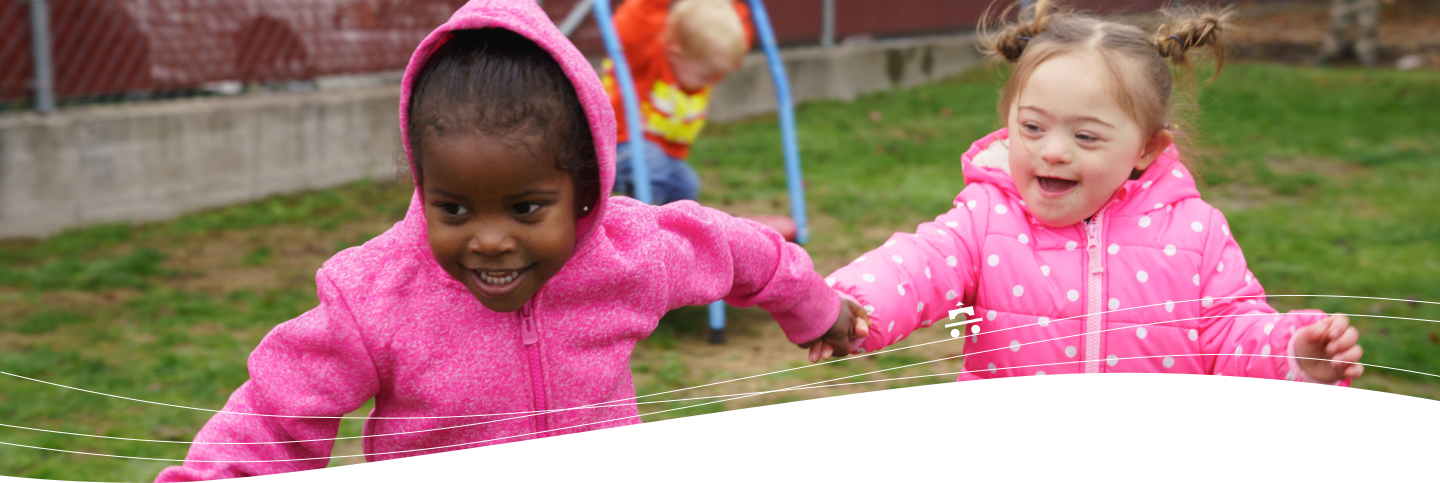
Instructional Strategies Video Exemplars
Watch these videos for examples of instructional strategies, such as discrete trial teaching and various prompting strategies.
Discrete Trial
In this video clip you see an instructional series called a discrete trial. A discrete trial consists of four distinct steps. They include:
- Instruction: Tells the child what he or she is expected to do. Prompt if necessary (this prompt should occur before the child responds).
- Child's response.
- Consequence: Teacher’s behavior in response to child’s behavior.
- Inter-trial interval: The wait time before the next instruction.
Discrete Trial Video
Discrete Trial Video with title card instructions
Gestural Prompt
This clip shows a teacher using a gestural prompt within a discrete trial. A gestural prompt is when a teacher gestures (i.e., points) to the correct response before the child responds.
Gestural Prompt Video
Gestural Prompt Video with title card instructions
Error Correction
This video clip displays what a teacher should do if a child responds incorrectly. This is referred to as an error correction. When a child makes a mistake, you immediately redeliver the instruction while providing the appropriate level of prompting, ensuring the child gets it correct the second time.
Error Correction Video
Error Correction Video with title card instructions
Graduated Guidance
This clip shows a child learning how to pedal a tricycle. The teacher uses a physical prompting strategy called graduated guidance to provide support to the child. The video begins with the teacher’s hands right over the child’s feet, but not quite touching him. She begins by providing the least amount of assistance necessary. As the child continues to pedal, she gradually increases or decreases her support as he needs it. She continues to vary the level of support as the child continues to work on pedaling. Her long-term goal is for him to pedal a tricycle with no support at all.
Graduated Guidance Video
Graduated Guidance Video with title card instructions
Modeling
This clip shows a child and a teacher pretending to feed babies. It demonstrates the use of a prompting technique called modeling, which is paired with her instruction. The teacher gives the child an instruction while she models what the child is supposed to do. The teacher uses this prompting strategy because the child is not yet able to just follow her verbal instruction. She needs a model to help her know what to do.
Modeling Video
Modeling Video with title card instructions
Time Delay and Expectant Look
This clip shows a prompting strategy called time delay. Time delay is an effective strategy because it uses a planned, few-second wait time before the child is given help for the correct response. The goal for this child is to independently initiate a request. Here, she needs to verbally request that the teacher “open” the door. After arriving at the door, the teacher then waits a few seconds before delivering a non-verbal prompt which, in this case, is an expectant look. This cues the child into what she is supposed to do. The child then says “open” which is the correct, desired response. Using an expectant look, rather than a verbal prompt such as “tell me to open the door” is a less intrusive prompt, and will be easier to drop when the child learns to initiate a request on her own.
Time Delay and Expectant Look Video
Time Delay and Expectant Look Video with title card instructions
© 2025 Head Start Center for Inclusion, University of Washington
The Head Start Center for Inclusion was originally developed with funds from Grant #90HC0012 from the U.S. Department of Health and Human Services, Administration for Children and Families, Office of Head Start, and the Office of Child Care. Many of the resources on this site can also be found on the Head Start website. This resource may be duplicated for noncommercial uses without permission.

